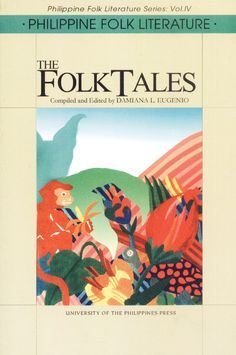
In the realm of horror games, the power of storytelling is often harnessed to create an immersive experience for players. From spine-tingling adventures to bloodcurdling encounters, these games have captivated audiences for decades. However, one aspect that has extensively contributed to the success of horror game narratives is the infusion of folklore elements. With their rich history, myths, legends, and supernatural beings have become the cornerstone of many memorable game storylines.
Exploring Ancient Tales
One of the reasons folklore has such a pervasive influence on horror games is its ability to tap into universal human fears. By delving into ancient tales of ghosts, monsters, and demons, game developers can connect with their audience on a primal level. These myths have been passed down through generations, enriching the collective imagination and embedding themselves firmly in our cultural consciousness.
By leveraging these established folkloric creatures, horror games can effortlessly create a sense of dread and anticipation. Drawing inspiration from well-known entities such as vampires, werewolves, or the boogeyman, developers weave narratives that resonate deeply with players.
A Dose of Culture
Another reason folklore finds a home in horror game narratives is its ability to introduce players to different cultures and their unique supernatural beliefs. Whether it’s exploring Japanese ghost stories in games like “Fatal Frame” or delving into European myths with “The Witcher” series, players are exposed to a diverse range of cultural themes.
Folklore serves as a gateway to understanding various cultural traditions and offers a glimpse into their beliefs and fears. Players can immerse themselves in the haunting atmosphere of ancient Japan or witness the terrifying Scandinavian tale of the “Kraken.” This interweaving of fascinating folklore into gameplay provides an educational opportunity alongside spine-chilling experiences.
Heightening Horror Elements
Folklore not only establishes the foundation for a captivating storyline but also enhances the horror elements within the game. By incorporating supernatural entities and mythical creatures, developers can create nightmarish enemies that truly test the players’ mettle.
These creatures, drawn from folklore, possess unique abilities and weaknesses, adding depth and complexity to the gameplay. Vampires with their aversion to sunlight, werewolves vulnerable to silver, or malevolent spirits that can only be vanquished through ancient rituals – all these elements inject a layer of tension and strategy into the gaming experience.
The Immersive Power of Folklore
Folklore’s influence on horror game narratives extends beyond just the content and characters. It seeps into the visuals, sound design, and atmosphere of the game, amplifying the sense of dread and immersion for players.
From ancient ruins haunted by vengeful spirits to dark woods inhabited by mythical monsters, the settings of horror games often draw inspiration from real-world folklore. The attention to detail pays off, as players become fully engrossed in the eerie ambiance, feeling the weight of history and the tales whispered through generations.
Conclusion
Incorporating folklore into horror game narratives serves not only to entertain but also to tap into a deep well of human fears and cultural heritage. By exploring ancient tales, providing cultural insights, heightening horror elements, and fostering an immersive experience, these games leave a lasting impact on players.
So, the next time you venture into the realm of horror games, remember to appreciate the influence of folklore that brings these dark and thrilling narratives to life.


